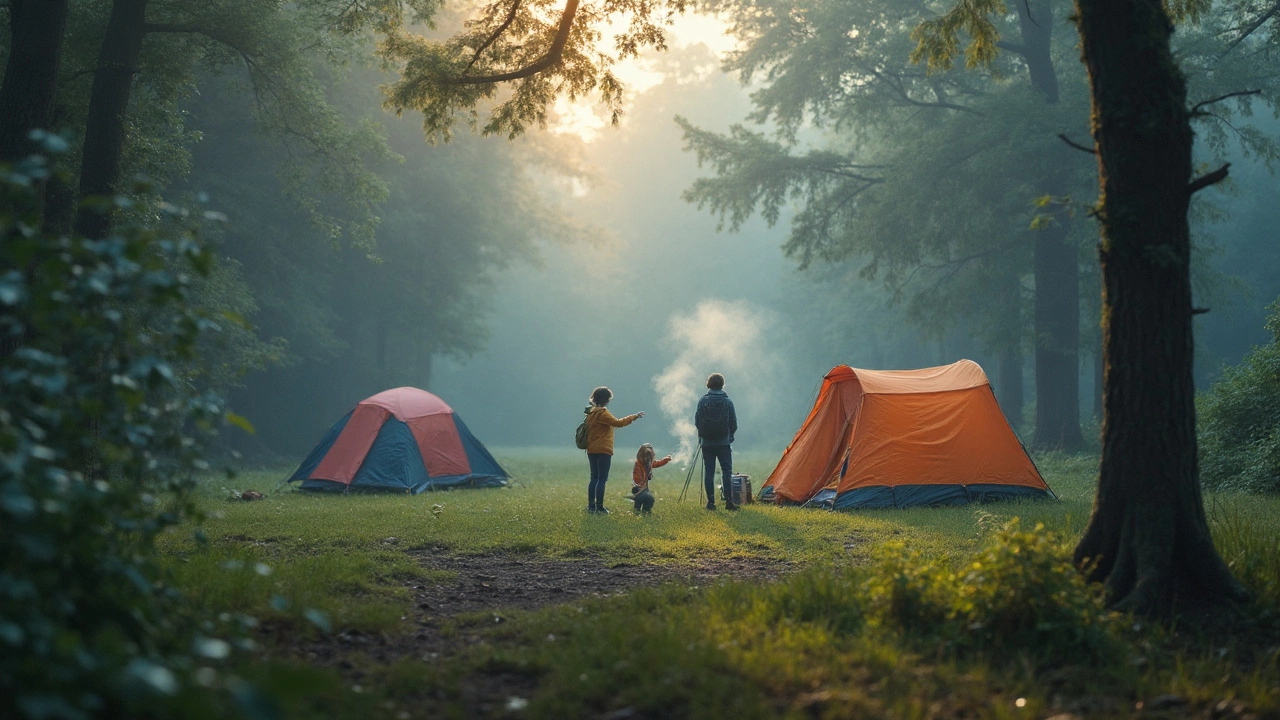Wildlife Adventures on the Road: Tips for Motorhome Travelers
If you love spotting deer, birds, or seals while cruising in your motorhome, you’re not alone. The UK’s countryside is packed with wildlife that can turn an ordinary drive into a memorable safari. Below are simple ways to make every stop a chance to see nature up close without harming the environment.
Plan Your Route Around Nature Hotspots
Start by mapping out parks, reserves, and coastal areas known for abundant wildlife. Teesside, for example, borders the North York Moors where red deer roam, and the coastline near Saltburn offers seal colonies. You don’t need a guidebook – a quick search for "wildlife spotting" plus the region name will pull up local sites. Mark these points on your itinerary and aim to arrive early in the morning or late afternoon when animals are most active.
Respect the Habitat While You Observe
Getting close is great, but staying safe and keeping wildlife undisturbed is crucial. Keep a distance of at least 30 metres from larger animals and use binoculars for a clearer view. Avoid feeding birds or mammals – even crumbs can disrupt their natural diet. Stick to marked paths and never drive off-road; trampling grasses can damage nesting areas. If you’re camping near a reserve, follow any posted rules about fire pits and waste disposal to protect the surrounding flora and fauna.
Another easy habit is to turn off bright headlights when parked near animals at night. Many species rely on darkness for feeding, and a sudden flood of light can scare them away. A dim side‑lamp or a small lantern works just fine for safety without causing a disturbance.
Remember to check local bylaws before setting up camp on public land. Some areas forbid overnight stays to protect breeding grounds, especially during spring. A quick call to the local council or a glance at the site’s website can save you a fine and keep the wildlife safe.
When you do spot something exciting, grab a photo but keep the shutter speed high to avoid blurring. Share your picture on social media with a reminder to respect the area – it spreads awareness and encourages other travelers to act responsibly.
Finally, pack a small wildlife kit: a field guide, a pair of binoculars, and a reusable water bottle. The guide helps you identify species on the go, and the bottle reduces plastic waste that can end up in habitats you love.
By following these simple steps, your motorhome trips become more than just a road trip – they turn into genuine wildlife experiences that you can cherish and protect for future travelers.
Does Peeing Around Your Campsite Really Stop Predators?
Loads of campers believe peeing around their tent keeps wildlife away, but does it actually work? This article digs into whether human urine really deters predators at UK campsites, what animals respond to, and how useful (or pointless) this hack might be. We’ll cover what science and expert campers actually say, break down what attracts or repels local critters, and give you tips on genuinely staying safe. You’ll find out if this camping legend is a smart move or better left in the woods.
